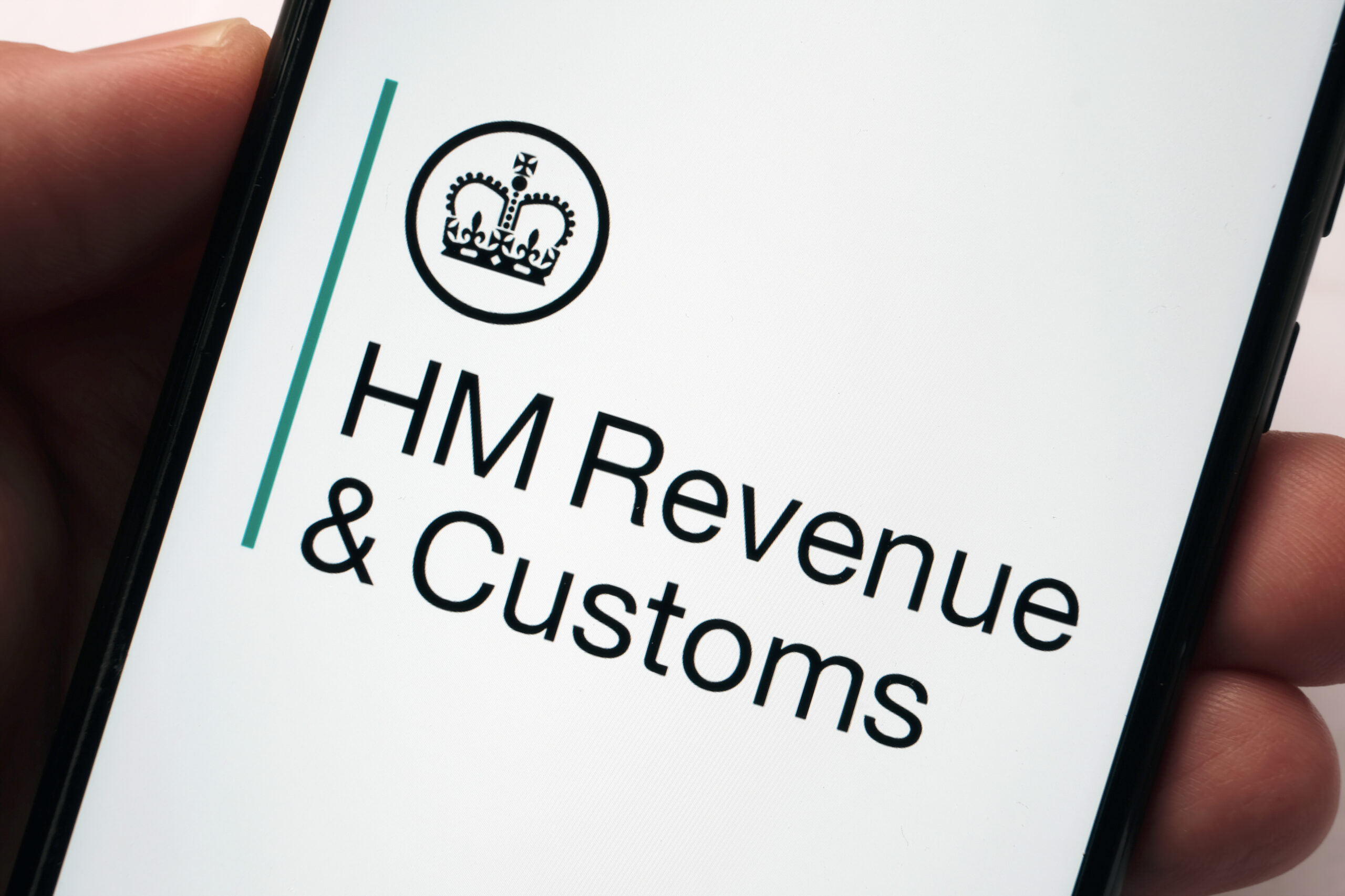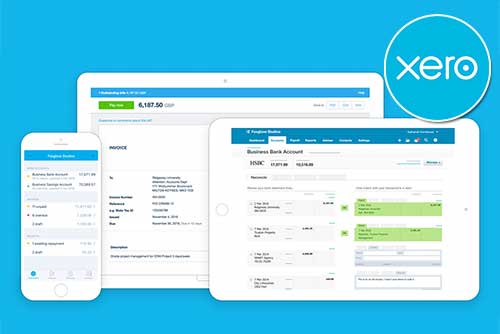Mastering Gross Profit: Calculation, Importance, and Improvement Strategies
Amidst the complex web of financial indicators and performance measures, gross profit emerges as a fundamental gauge of a company’s operational efficiency and revenue generation prowess. However, its significance often remains underestimated or misunderstood.
Understanding the significance of gross profit enables businesses to optimise pricing strategies, streamline production processes, and identify areas for efficiency enhancements. It also serves as a benchmark for performance evaluation, guiding businesses toward sustainable growth and profitability.
In this article, we’ll explore the definition of gross profit, its calculation, and its implications for businesses.
What is Gross Profit?
Gross profit is a financial metric that represents total sales revenue minus the cost of goods sold (COGS). It reflects the amount of money a company makes from its core business operations before deducting other expenses such as operating expenses, taxes, and interest.
It is a crucial indicator of a company’s profitability and operational efficiency, as it reveals how effectively a company is able to produce and sell its products or services while covering the direct costs associated with production.
Gross profit is often analysed alongside net profit to provide a comprehensive understanding of a company’s financial health and performance.
Why is Gross Profit Important?
Gross profit serves as a measure of a company’s efficiency in generating revenue from its core business activities. It also provides insights into a company’s ability to withstand fluctuations in sales and costs, as it represents the cushion available to cover operating expenses and other fixed costs.
Investors and analysts use gross profit to assess a company’s profitability and compare it with industry peers, helping them make informed investment decisions.
How to Calculate Gross Profit
Calculating a company’s gross profit requires two primary figures: total revenue and cost of goods sold (COGS), which are then used in the following formula:
Gross Profit = Total Revenue – Cost of Goods Sold (COGS)
Where:
- Total Revenue: This refers to the total amount of money generated from sales of goods or services. It includes all revenue streams generated by the company’s core business activities.
- Cost of Goods Sold (COGS): This represents the direct costs related to producing the goods or services sold by the company. It includes expenses such as raw materials, labour directly involved in production, and manufacturing overhead.
An Example of How to Calculate Net Profit
In a small bakery scenario, if the company’s total revenue for the month is £10,000 and the COGS, covering ingredients and packaging, amounts to £4,000, the gross profit is calculated by subtracting the COGS from the total revenue.
Therefore, a net revenue of £10,000 – £4,000 equals a gross profit of £6,000.
What is Gross Profit Margin?
Gross profit margin represents the percentage of revenue that exceeds the cost of goods sold, relative to total revenue. To calculate gross profit margin, divide gross profit by total revenue and multiply the result by 100 to express it as a percentage.
Gross profit margin formula:
Gross Profit Margin (%) = (Gross Profit/Total Revenue) x 100
Where:
- Gross Profit is the revenue minus the cost of goods sold.
- Total Revenue is the total amount of money generated from sales of goods or services.
This formula expresses the gross profit margin as a percentage of total revenue.
A high gross profit margin typically suggests better cost management and pricing strategies, while a lower margin may indicate higher production costs or pricing pressures.
What is a Good Gross Profit Margin?
What constitutes a “good” gross profit margin differs across industries. For example, industries with higher production costs or lower margins might consider a lower gross profit margin acceptable, whereas industries with lower production costs or higher margins might expect a higher gross profit margin.
Comparing a company’s revenue and gross profit margin to its industry peers can provide a better understanding of its performance and competitiveness.
Strategies to Improve Gross Profit Margin
Improving gross profit margin involves a combination of cost reduction, pricing strategies, and operational efficiency enhancements. Here are some strategies to consider:
Cost Reduction
One key way to improve gross profit margin is to reduce costs. This includes negotiating better deals with suppliers to lower the cost of goods sold (and exploring volume discounts by increasing order sizes. Seeking alternative suppliers or sourcing regions can also provide cost-effective options.
Implementing lean manufacturing principles to streamline processes and minimise waste is another effective strategy, as is optimising inventory levels to reduce carrying costs and the risk of obsolete stock.
Outsourcing time-consuming business tasks, such as customer support, administration, and accounting can often be more cost-effective, improving your gross profit margin.
Strategic Pricing
Businesses should consider value-based pricing, focusing on the unique value proposition of their products or services to justify higher prices. Dynamic pricing strategies allow for adjustments based on demand, seasonality, or other factors, while bundle pricing can increase perceived value and justify higher prices.
Improving Operational Efficiency
Investing in automation technologies, such as automated warehouse systems and robotic process automation, can significantly enhance operational efficiency within a business. By streamlining processes and reducing the reliance on manual labour, these technologies not only accelerate production but also mitigate the risk of human error.
This increased efficiency translates directly to cost savings, particularly through reduced labour costs and minimise expenses associated with errors or inefficiencies.
The Power of Understanding Gross Profit
Mastering the calculation and significance of gross profit is imperative for businesses aiming to thrive in competitive markets. Gross profit margins, a cornerstone of a company’s income statement, illuminate the effectiveness of revenue generation strategies and operational efficiency.
By accurately calculating gross profit, companies gain insight into how much profit they generate from their core business activities, providing a crucial benchmark for evaluating performance and guiding sustainable growth.
This fundamental metric not only showcases a company’s ability to generate gross income from its operations but also underscores the importance of cost management and strategic pricing in maximising profitability.





















